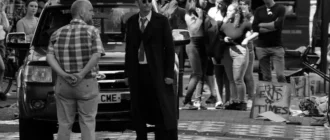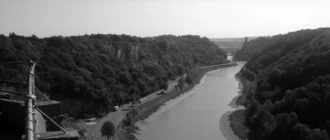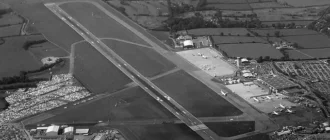During the Industrial Revolution, Bristol began its transition from a rural town to a manufacturing city. However, it had a lower rate of growth than many other industrial cities in Britain. As a result, its economy declined gradually throughout the nineteenth century. At the start of the twentieth century, the city was ranked tenth among British cities. However, after a series of economic reforms and a change in the administration of the port, the city’s economy began to pick up.
Don Cameron
The Bristol balloon company was founded by Don Cameron in 1969, a year before the first manned flight in the skies. He incorporated the company in 1970 and today it is the world’s number one manufacturer. In celebration of Don Cameron’s birthday, the Lord Mayor of Bristol visited the factory and cut a pair of cakes made by the company’s pastry chef, Cherry Richards. The event included champagne and a toast to Don Cameron’s success.
The company also produces special-shaped balloons that are more than ten feet tall and can carry up to 10 people. These balloons are usually used in tourist destinations. These balloons have also been exported to various countries such as Myanmar and Kenya. The company is also the founder of the Bristol Balloon Fiesta, the largest hot air balloon festival in Europe. The Bristol balloon festival attracts over 130 balloons and thousands of spectators each year.
Don Cameron is a Scottish balloonist and the founder of Cameron Balloons Ltd. He is a former aeronautical engineer who started his company as a hobby in his basement flat in Bristol. The company eventually became so successful that he moved production to a larger building. The current Bristol balloon factory is located in a former Robinsons paper bag printing factory in Bedminster, Bristol.
During his career, Don Cameron has flown across the Alps and Sahara in hot air balloons. He also successfully completed the first balloon flight between the UK and the Soviet Union in 1990. He also tried to cross the Atlantic by balloon in 1978, but failed. However, in 1992 he successfully flew a balloon of his own design from Bangor, Maine to Lisbon, where he won second place in the first transatlantic balloon race.
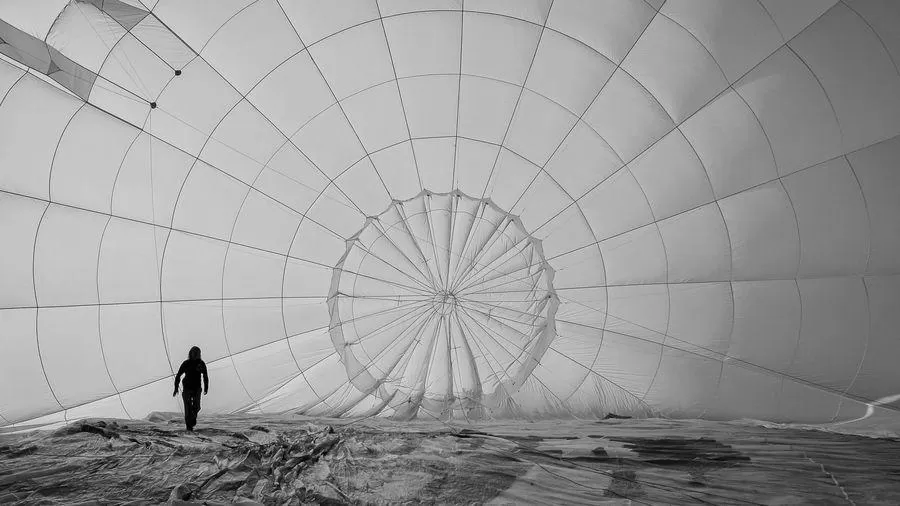
Donald Cameron was born in Glasgow in 1939. He studied aeronautical engineering at Glasgow University, where he graduated with honours. He then went on to earn a Master’s Degree from Cornell University in 1963. He then took up an appointment at the Bristol Aeroplane Company.
Bristol Boxkite
The Bristol Boxkite was the first aircraft manufactured by the British and Colonial Aeroplane Company. It was a pusher biplane based on the Farman III and the company used them to train flying instructors and students at flying schools. In 1911, the War Office purchased four Boxkites, which were used for training until the First World War.
The Bristol Boxkite’s history is documented in the book “The Making of the Bristol Boxkite”. The book opens with a foreword by retired Air Vice-Marshal Peter Scully. The text contains rare historical photographs and a description of the Bristol Boxkite’s evolution. This history also includes a section on the Bristol Boxkite’s modification for military use. This chapter also includes a description of the installation of a Gnome rotary engine in a Bristol Boxkite, which was modified to become a pusher.
The Bristol Boxkite is still manufactured today. In 1911, the British War Office ordered four Bristol Boxkites for the Air Battalion Royal Engineers, the first of which was delivered on 18 May 1911. Another four were ordered later in the year. These aircraft were primarily used as trainers and remained in service with the Air Battalion until December 1912. When the First World War began, four more Boxkites were purchased by the Royal Flying Corps at Brooklands.
The Boxkite was also used by the Royal Naval Air Service for training purposes. It was used at their training schools in Eastchurch and Eastbourne, as well as the Hendon Aerodrome. There were 76 of these aircraft built in total.
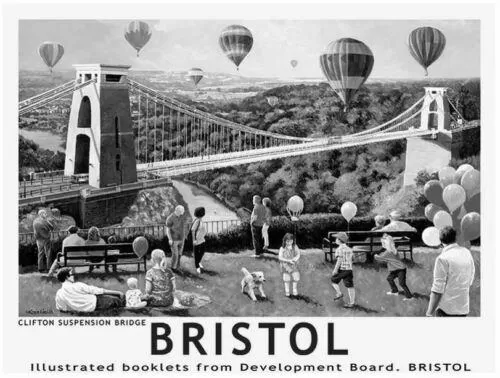
The Bristol Boxkite was the world’s first commercially successful aircraft. The company also manufactured fighter planes for the British Air Force and was responsible for the training of nearly half of the country’s pilots before the First World War. It also trained a number of distinguished pilots, including Brigadier-General Henderson, the first commander of the Royal Flying Corps.
Bristol Boxkite was first manufactured in 1909. The company’s founder, Sir George White, was the chairman of Bristol Tramway and Carriage Company when he discovered that aeroplanes were flying in France. The Bristol directors decided to enter the aviation industry. As a result, they built six complete boxes and eight more subsystems.
Bristol Aeroplane Company
The Bristol Aeroplane Company was founded in 1915 and is the world’s number one manufacturer of aircraft. They started out with the production of small and light aircraft and later expanded into manufacturing mighty aircraft. In the post-war years, the company grew into a large corporation known as the British Aircraft Corporation. In the 1960s, they ventured into the world of helicopters and supersonic aircraft.
After the war, Bristol entered the airline industry with the production of the Bristol 188. It used turboprop engines and was more efficient than its propeller-driven competitors. This meant longer range and faster flight times. Before this, airlines were forced to make intermediate stops in Newfoundland and Canada. This new technology allowed Bristol to reliably offer nonstop westbound flights.
In 1933, Bristol won the first order to build a large twin-engine bomber. This aircraft was designed based on the lessons learned from the Bagshot monoplane fighter of 1927. The aircraft was eventually replaced by the Blenheim. Bristol produced almost 450 of this type of aircraft.

In the interwar years, the Bristol Aeroplane Company continued to grow. Its Filton site became the largest aircraft production facility in the world. In the Second World War, the company produced twin-engine heavy bombers, contributing to the British military’s offensive capabilities. These included the Bristol Beaufort, the Bristol Blenheim, and the Bristol Beaufighter. It also developed the Bristol Brabazon airliner.
After the Second World War, the British aircraft industry began to decline. As aircraft became more complex, they became more expensive to develop and manufacture. The advent of nuclear weapons also reduced the need for new aircraft. In 1957, the Sandys report suggested that no new manned aircraft were needed. This report was later corrected by experts in the industry. As the cost of aircraft continued to rise, collaborating with other countries was a necessity to make them affordable.
The Bristol Aeroplane Company was founded by Sir George White in 1910. Its first aircraft was a biplane. The company produced several types of military aircraft during the First World War. The Bristol Scout and Bristol Bulldog were two-seater aircraft that were designed for military operations. The Bristol Beaufighter was another of the company’s famous bombers.
Bristolian Pounds
Bristolian Pounds are an alternative currency that was launched in 2012. They are used by businesses in the city and by individuals as a means of payment. The currency helps create a more resilient independent business sector in Bristol and a more diverse and inclusive local economy. It also helps reduce the carbon footprint of the city by shortening supply chains and championing local businesses. This means the city’s high streets stay vibrant and alive.
The city has been at the forefront of encouraging cycling in the city and bike repair businesses jumped at the chance to accept the Bristol Pound. Despite its popularity, many cyclists don’t actually carry Bristol cash. Bike repair business owner Pat Belcher, of Bike Station UK, says the Bristol Pound has helped promote cycling.

The paper currency is slated for expiration on 30 September 2021. However, souvenir notes are still available through the Bristol Pound Company website. Despite the paper currency’s short lifespan, many businesses are trying to minimize the risk of fomite transmission.
The Bristol Pound is similar to the sterling pound. It is used by businesses to pay bills, and it has high security features. The Bristol Pound is also used for online payments. In addition, some businesses have added discounts for paying with Bristolian Pounds.
The Bristol Pound is supported by a few prominent businesspeople in the city. Some of these individuals are interested in supporting independent businesses and want to see their money circulate throughout the city. However, the Bristol Pound has undergone several changes in recent years, largely due to changing consumer habits and technological advancements. In 2016, the city’s main cheerleader was defeated by Labour. As a result, the project’s funding was terminated after a three-year period.


